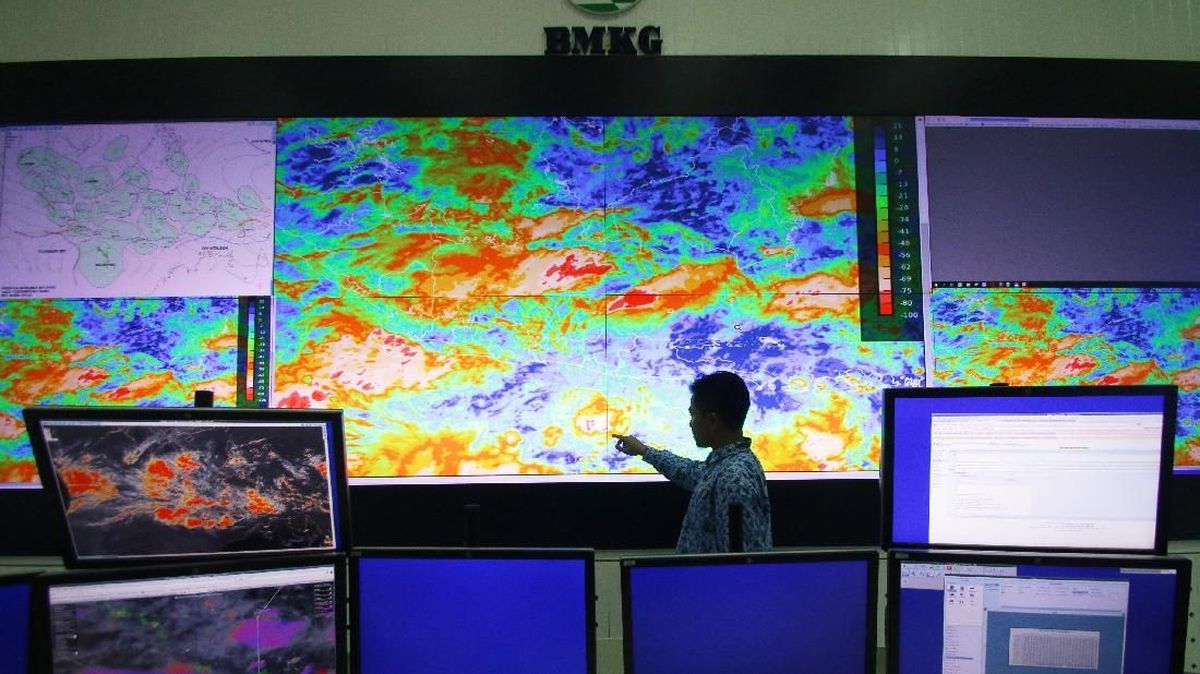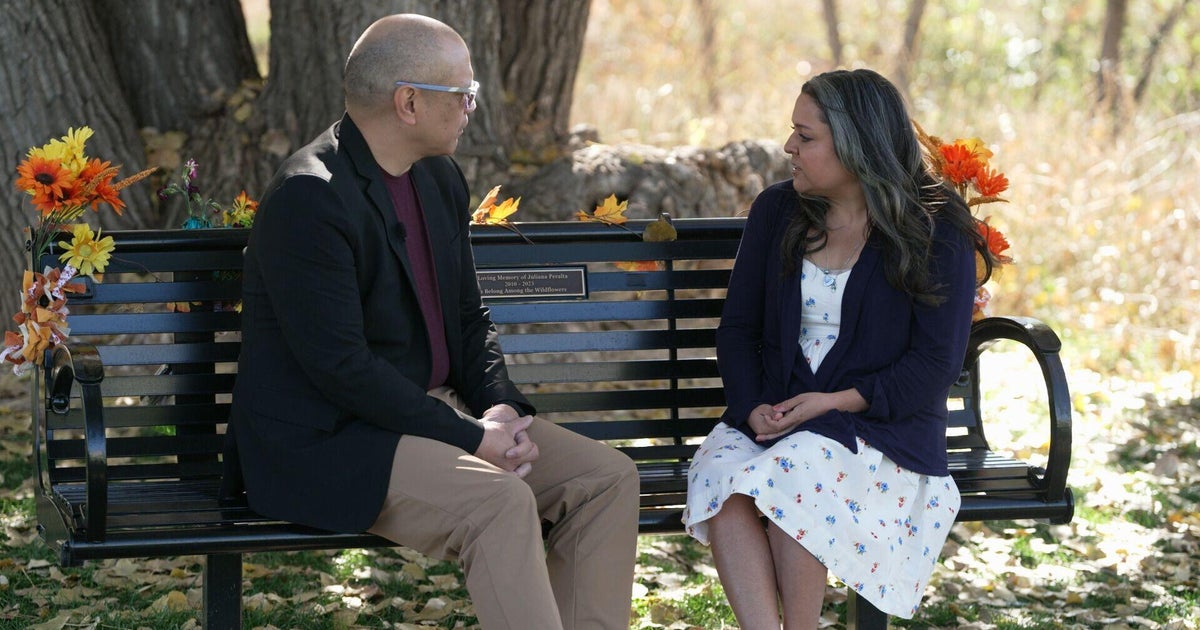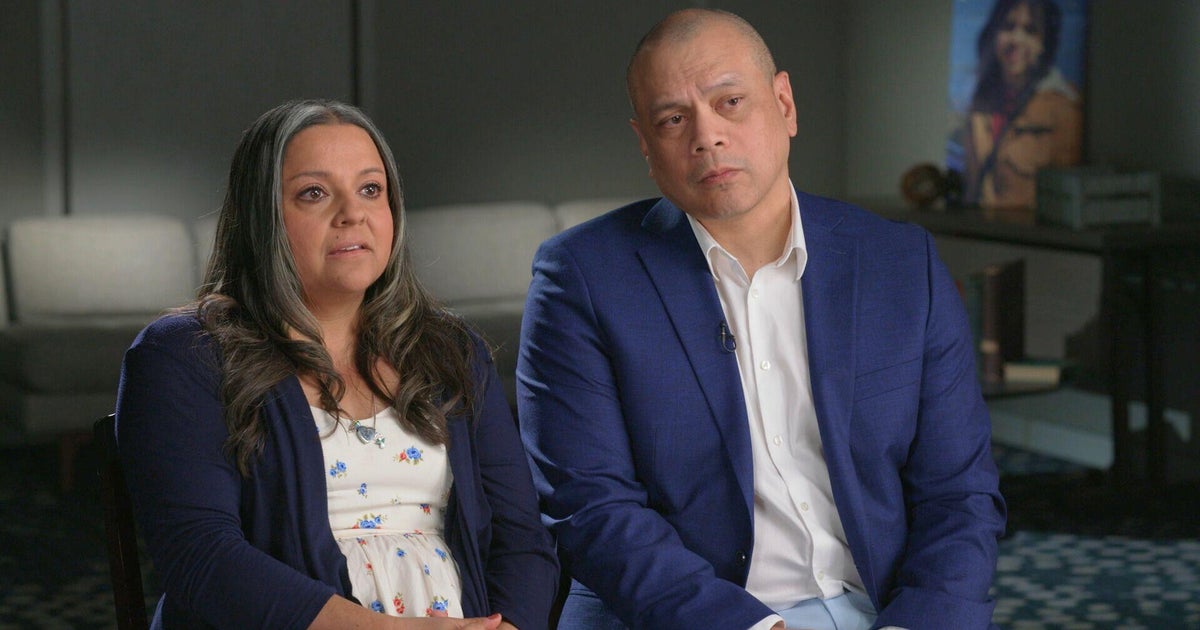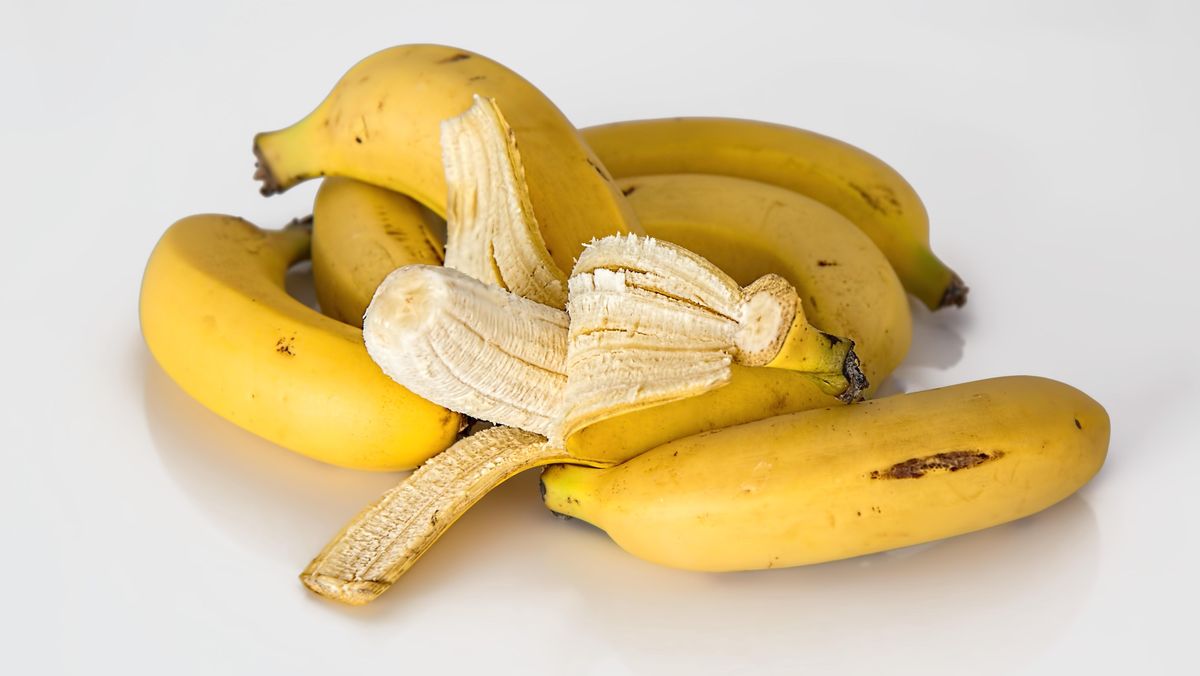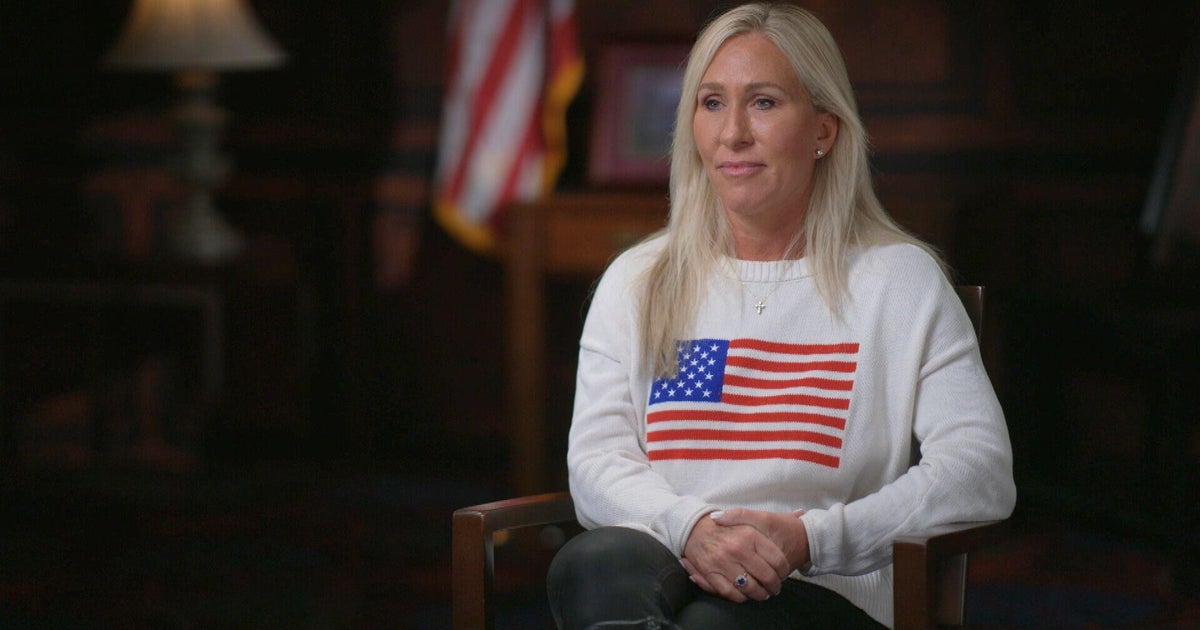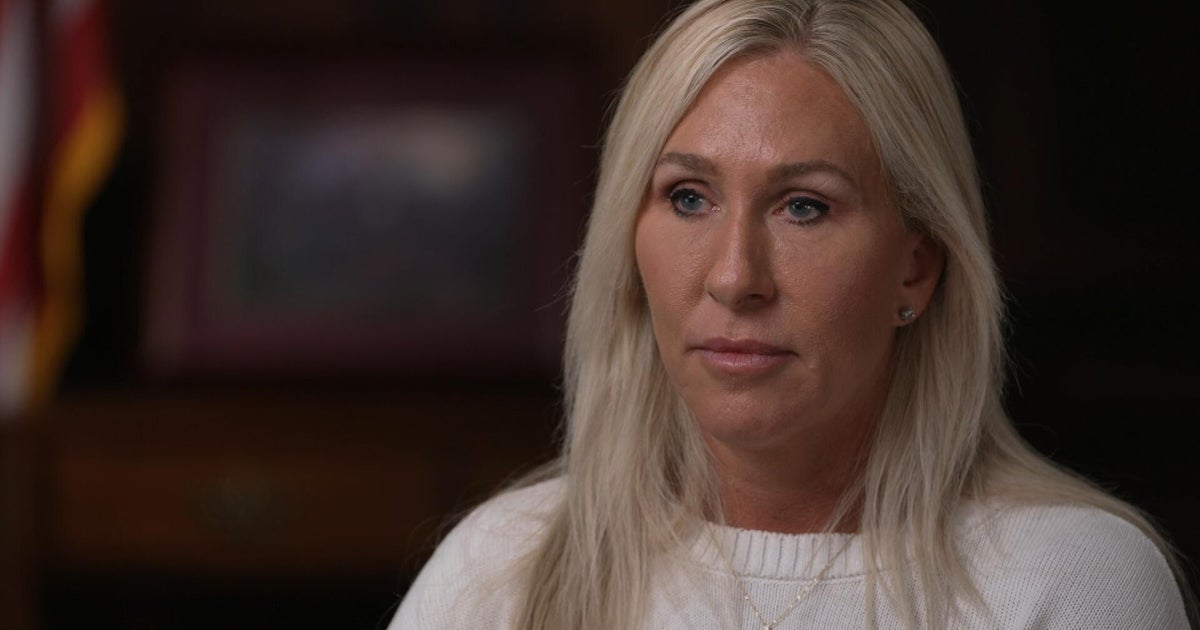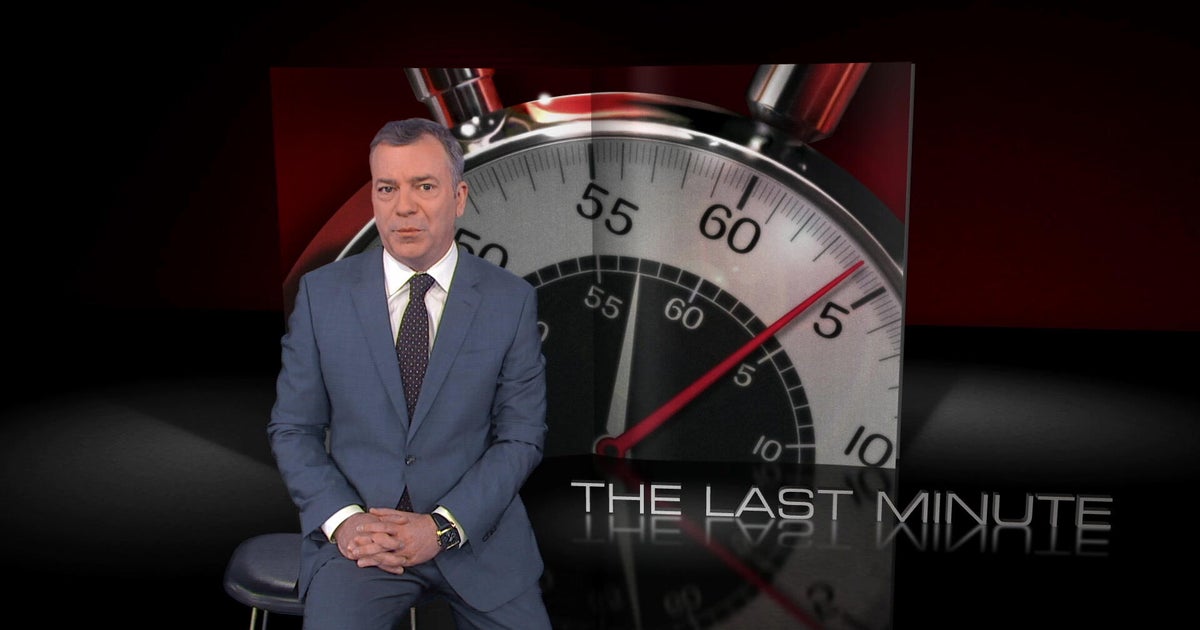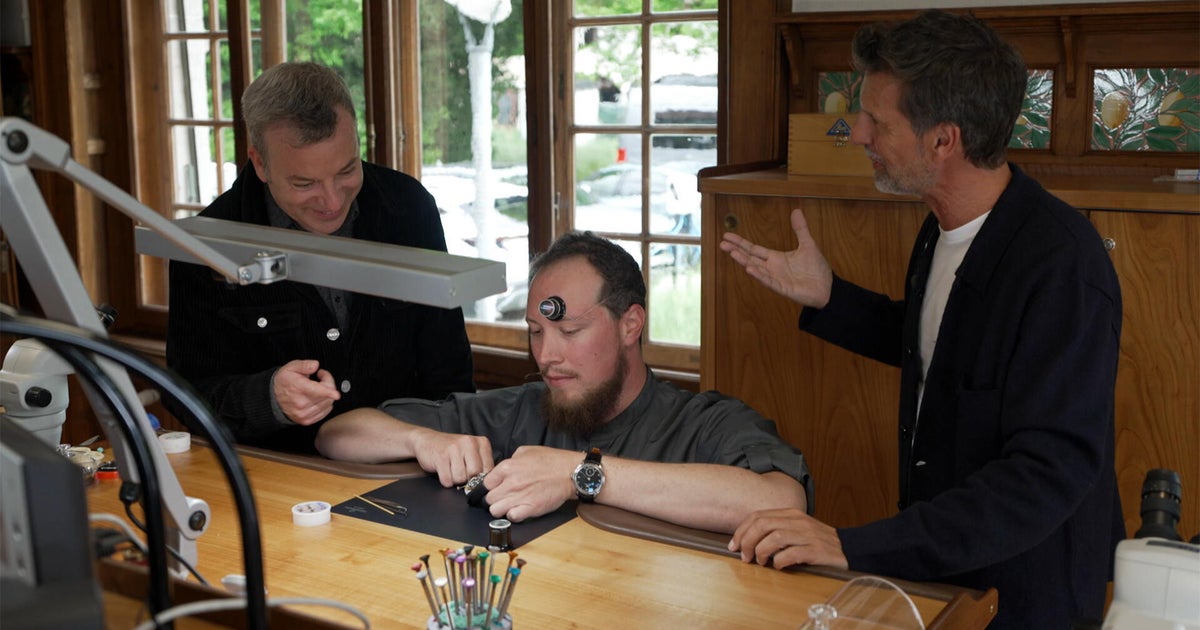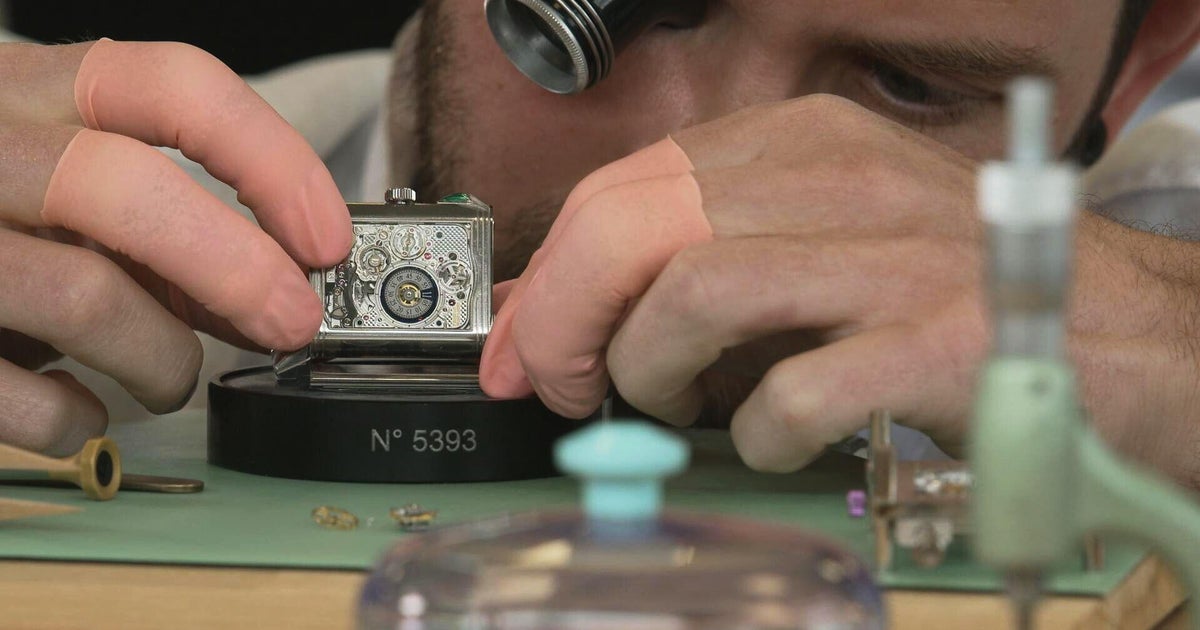Most NSW voters believe immigration numbers are too high, and 44 per cent think new arrivals have had a negative impact on the state as the Minns Labor government struggles to meet ambitious targets to house a growing population.
The results of the latest Resolve Political Monitor show voters are anxious about the number of people moving to Sydney, two months after federal Labor announced the permanent national migration intake would be unchanged from last year, at 185,000 places.
The exclusive findings show that 58 per cent of NSW voters think immigration levels are too high, while only 25 per cent say the current intake is “about right”.
While 48 per cent of Labor voters surveyed said immigration levels were too high, the results were far higher among Coalition voters, with 65 per cent worried about the intake of overseas residents.
Voters surveyed also expressed concern about the effect of immigration on the state.
Asked if immigration in recent years has had a positive or a negative impact for people in NSW, 44 per cent responded negative, while 24 per cent said positive. Almost one quarter were neutral.
Despite the sentiment captured in the survey, figures from the Australian Bureau of Statistics show net overseas migration has dropped in NSW.
In the first three months of the year, NSW’s net overseas migration was 32,990, which was a 14 per cent decrease on the same period the previous year. Net overseas migration peaked in the March quarter of 2023, at 52,442.
In the 12 months to March this year, NSW absorbed 96,761 net overseas migrants.
Resolve director Jim Reed said immigration was often a flashpoint when people were worried about rising living costs and housing pressures, especially in Sydney.
“Sydney is often the first stop for people moving to Australia, so it’s no surprise that NSW voters share the same view as other Australians that current levels of immigration are too high,” Reed said.
“Immigration is often linked to putting additional pressure on housing, living costs, job opportunities, wages, services and infrastructure.”
Reed said that “views of immigration are turning as a result”.
Loading
“Long-term, it is often seen as a positive. One could argue it’s the backbone of modern Australia, and certainly almost all of our respondents would have been either immigrants or descendants of immigrants,” Reed said.
“But almost half now regard recent immigration as having negative impacts, and just a quarter think it has been a positive experience. Like having boat arrivals in years past, this puts the social licence for the whole system at risk.”
Concerns about immigration levels coincide with the state government’s lofty goals to build 377,000 new homes by 2029 in a bid to combat the worsening housing crisis.
Minns and his planning minister, Paul Scully, have conceded that the state would struggle to reach those targets, struck under the National Housing Accord. The government passed its new planning laws this week, which will overhaul 50-year-old legislation to make it quicker to build homes.
Most Viewed in Politics
Loading






